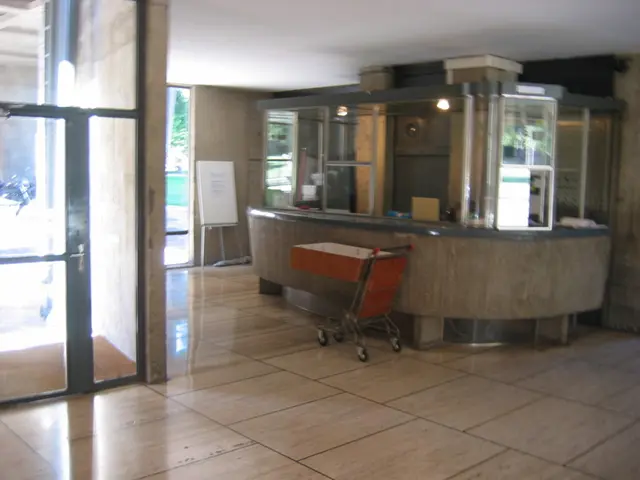Guidelines for Secure and Budget-Friendly Aircraft Rental
In the world of aviation, renting an aircraft can be an exciting and cost-effective way to travel or explore the skies. However, to ensure a successful and safe experience, careful planning and preparation are essential. Here are some tips to help you navigate the process:
Firstly, the selection of the right aircraft is crucial. Consider factors such as range, capacity, performance, and operational costs. Choosing an aircraft that fits your mission requirements helps avoid unnecessary expenses or operational risks.
Secondly, conducting thorough pre-flight checks is vital to ensure the aircraft's airworthiness. Use or adapt checklists specific to the aircraft type, confirming all systems function properly and fuel levels are adequate. This reduces the risk of mechanical issues during flight.
Thirdly, verify that the pilot holds the necessary certifications, ratings, and recent experience for the type of aircraft and the intended route. Some airports require Special Qualification Airport training, which pilots must be proficient in to mitigate risks.
Fourthly, ensure adequate insurance coverage is in place for both hull damage and liability. Confirm whether the rental provider's policy covers renters or if you need to purchase supplementary insurance.
Planning your flight route carefully is also important. Consider the route's terrain, weather patterns, available alternates, and airport conditions. Avoid destinations with adverse terrain or challenging visual illusions unless the pilot is specially trained for those conditions.
Evaluating multiple rental providers based on aircraft condition, rental rates, insurance options, provider reputation, and customer service is another key step. Comparing options enhances cost-effectiveness and safety assurances.
Accounting for all expenses, including rental fees, fuel, insurance, landing fees, and possible overnight costs, is crucial to prevent unexpected financial burdens.
Monitoring weather closely before and during the flight is also essential. Avoid flying in adverse weather, which can increase risk and may lead to costly delays or cancellations.
Lastly, maintaining clear communication about your flight plans, pilot qualifications, and any special requirements with the rental provider is crucial. Confirm policies on cancellations, emergencies, and support during your rental period.
In summary, combining meticulous preparation—from selecting the right aircraft and pilot, performing detailed pre-flight inspections, and planning wisely, to choosing trusted providers and maintaining open communication—ensures a rental experience that is both safe and cost-effective. Take time to understand the full cost of your aircraft rental to budget effectively, plan your flight route carefully to save on overall rental expenses, research and compare different aircraft rental providers for affordable and reputable options, and prioritize safety by choosing the right aircraft, conducting thorough inspections, and verifying credentials. Renting an aircraft can be a thrilling and cost-effective way to travel or explore the skies, but prioritizing safety and planning are crucial.
By choosing the ideal aircraft that suits your travel needs, considering factors like range, capacity, performance, and operational costs, you can avoid unnecessary expenses and operational risks. Moreover, a well-planned journey doesn't just refer to the flight route—it extends to researching and comparing multiple aircraft rental providers, ensuring they offer competitive rates, reliable insurance options, and excellent customer service, thereby enhancing both safety and cost-effectiveness in your travel lifestyle.





